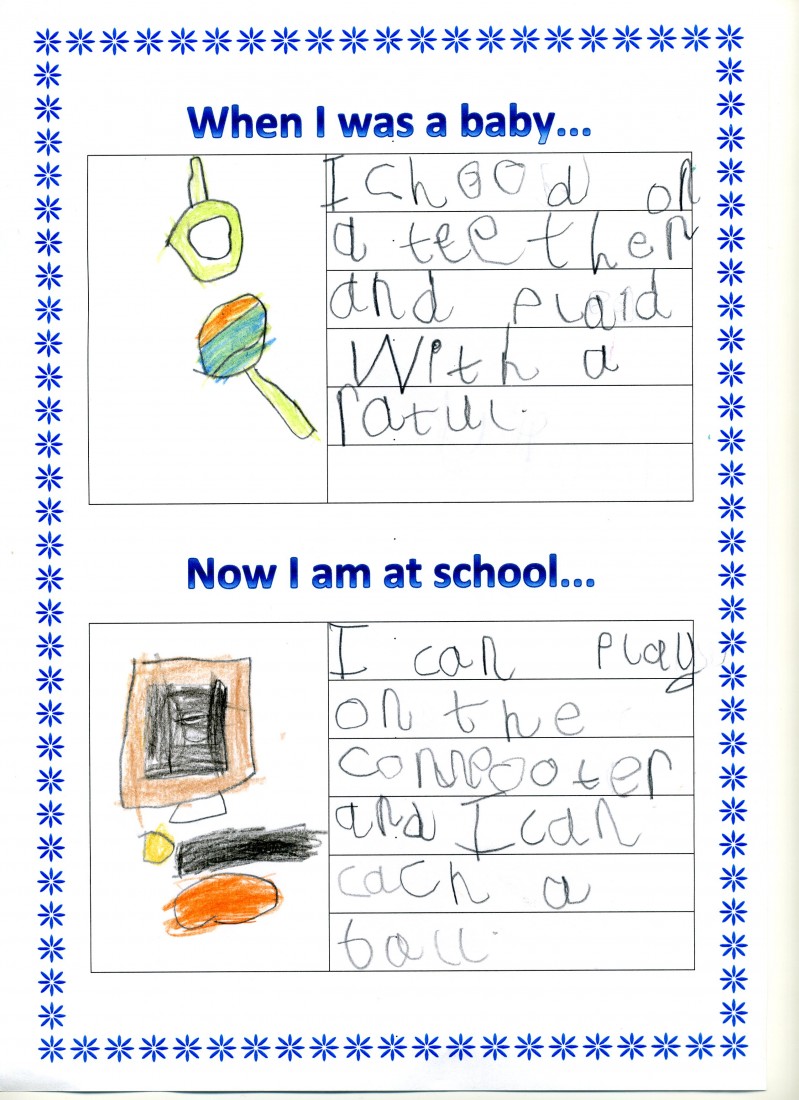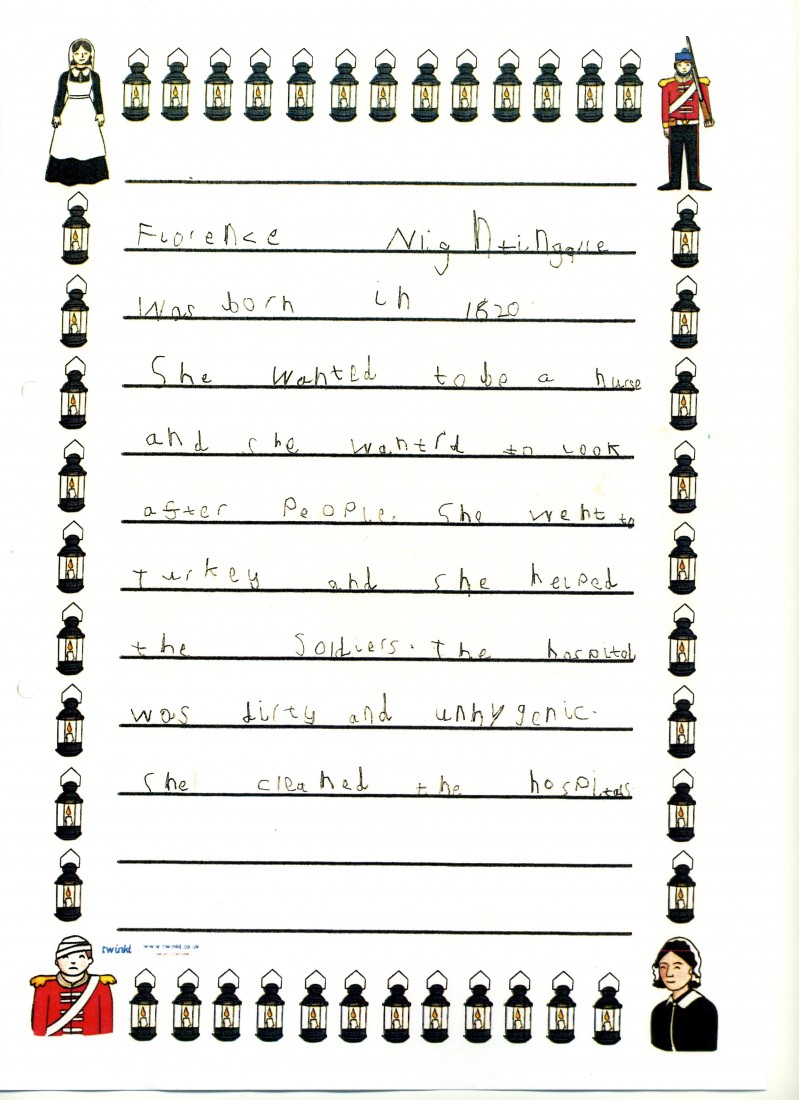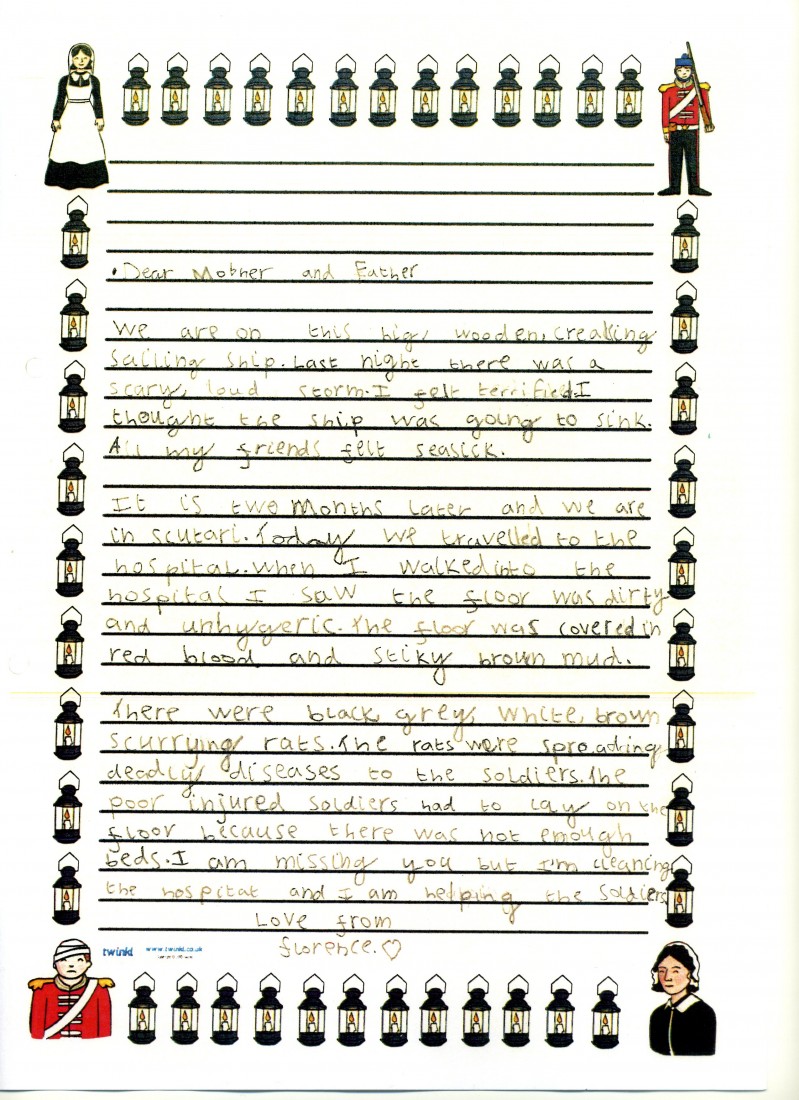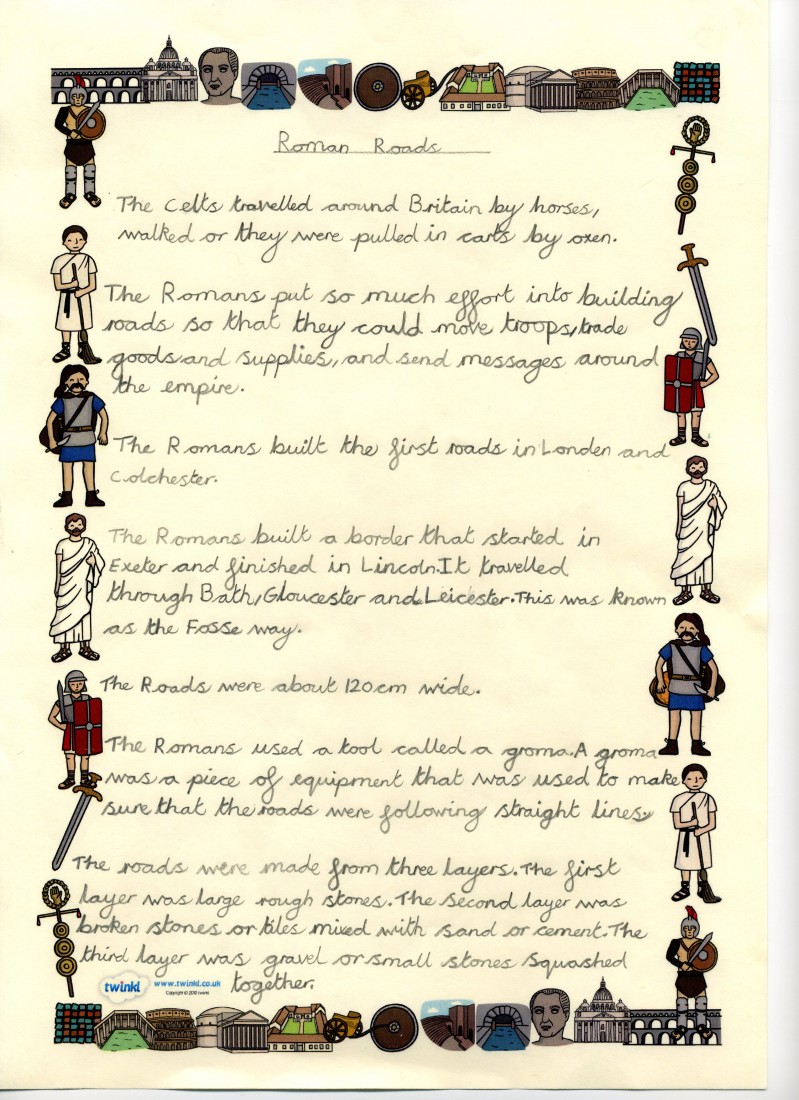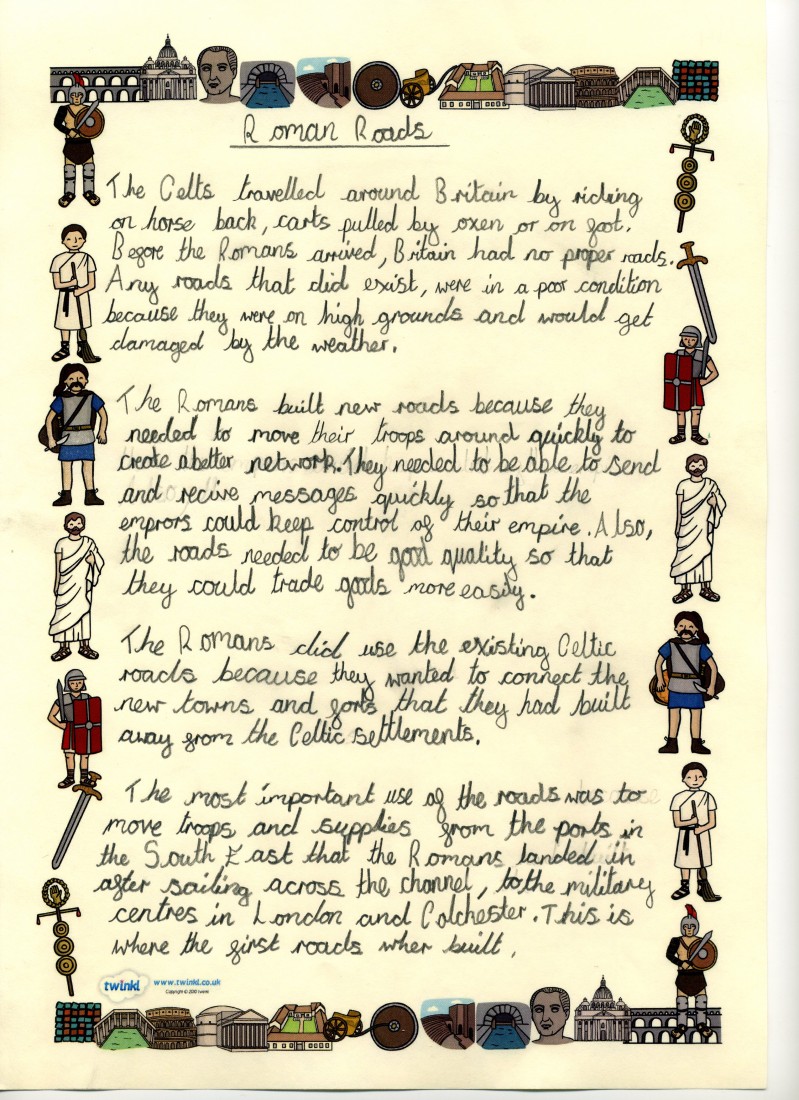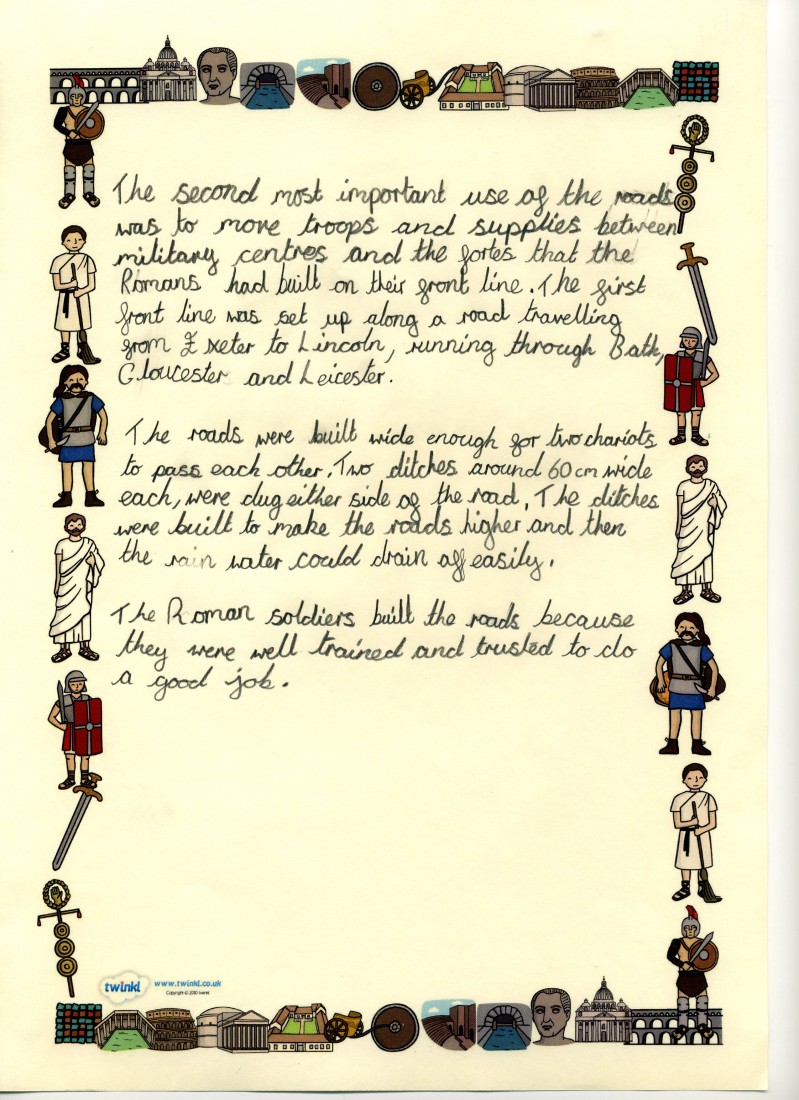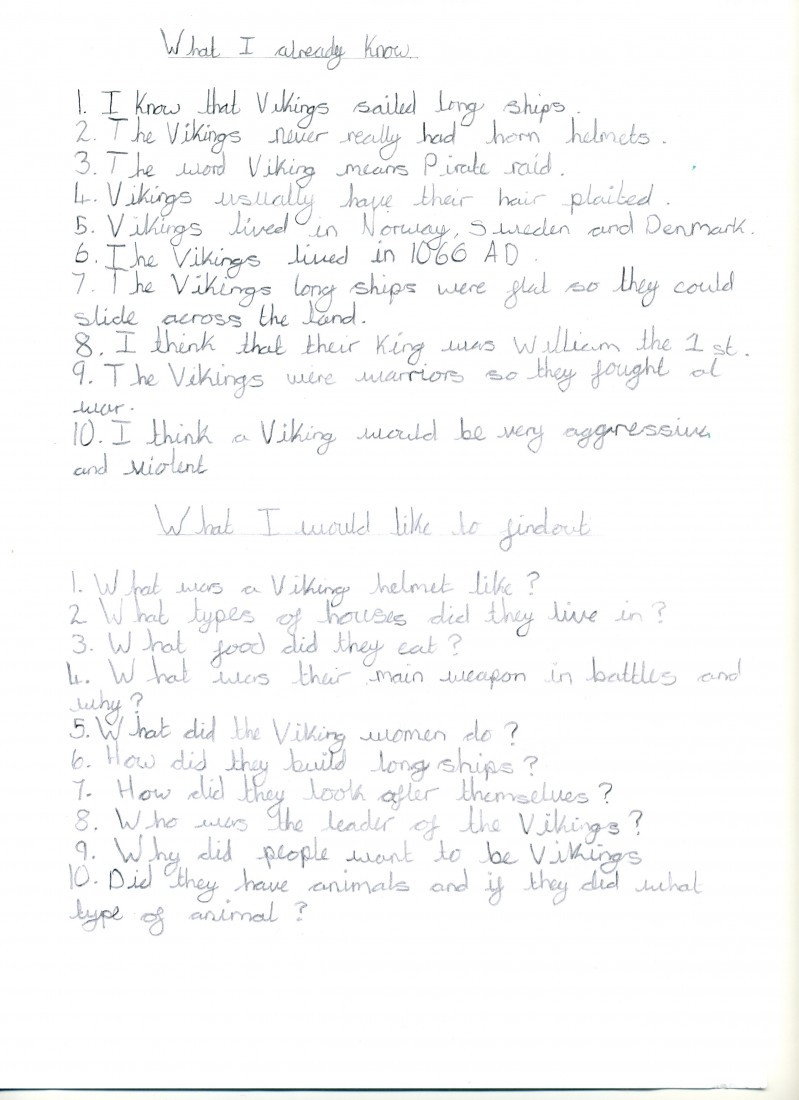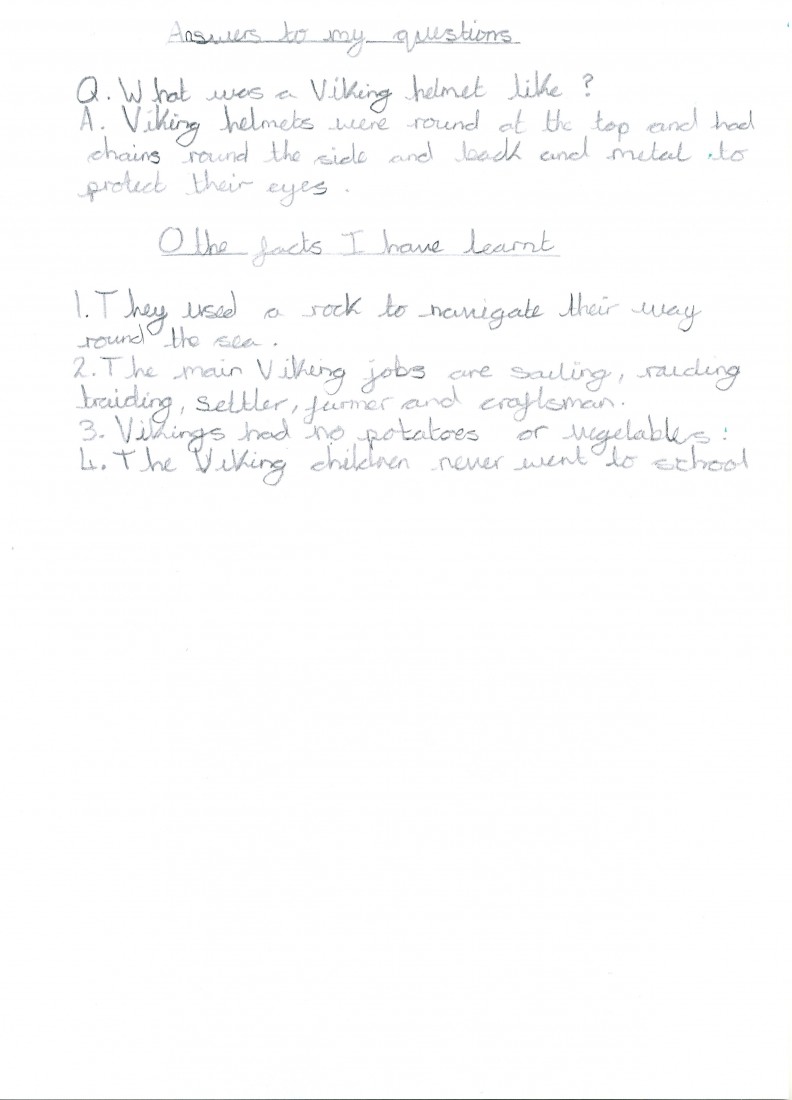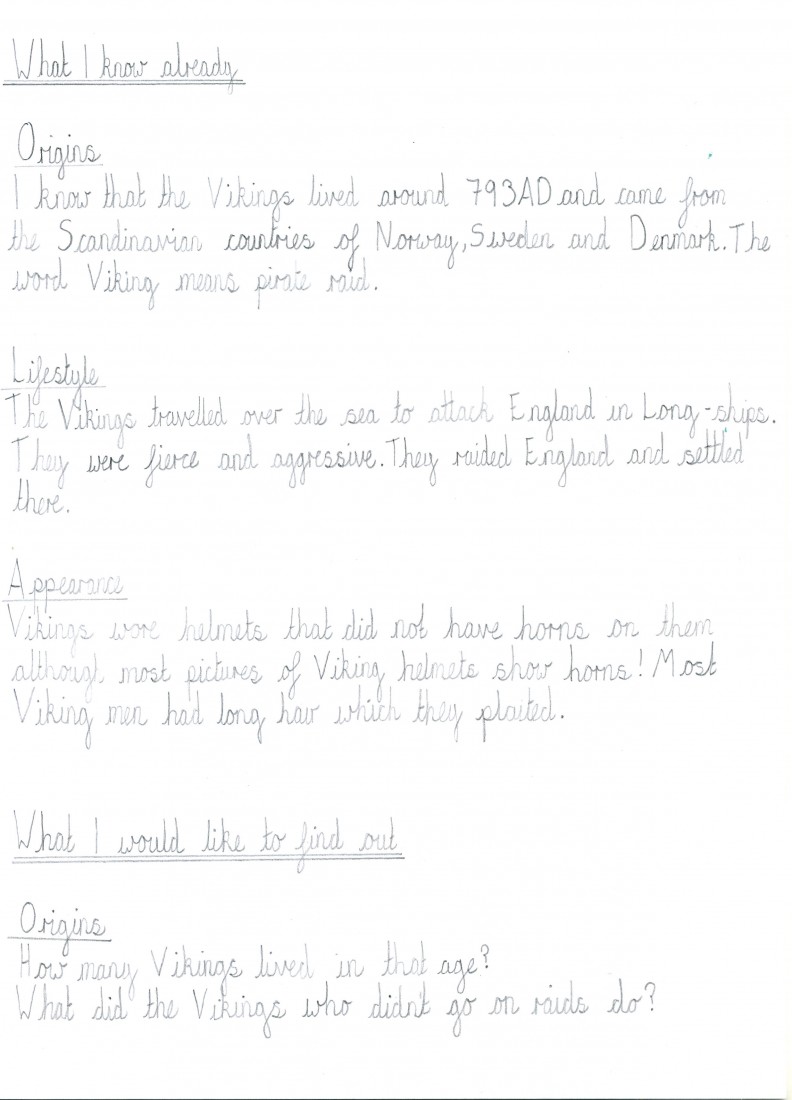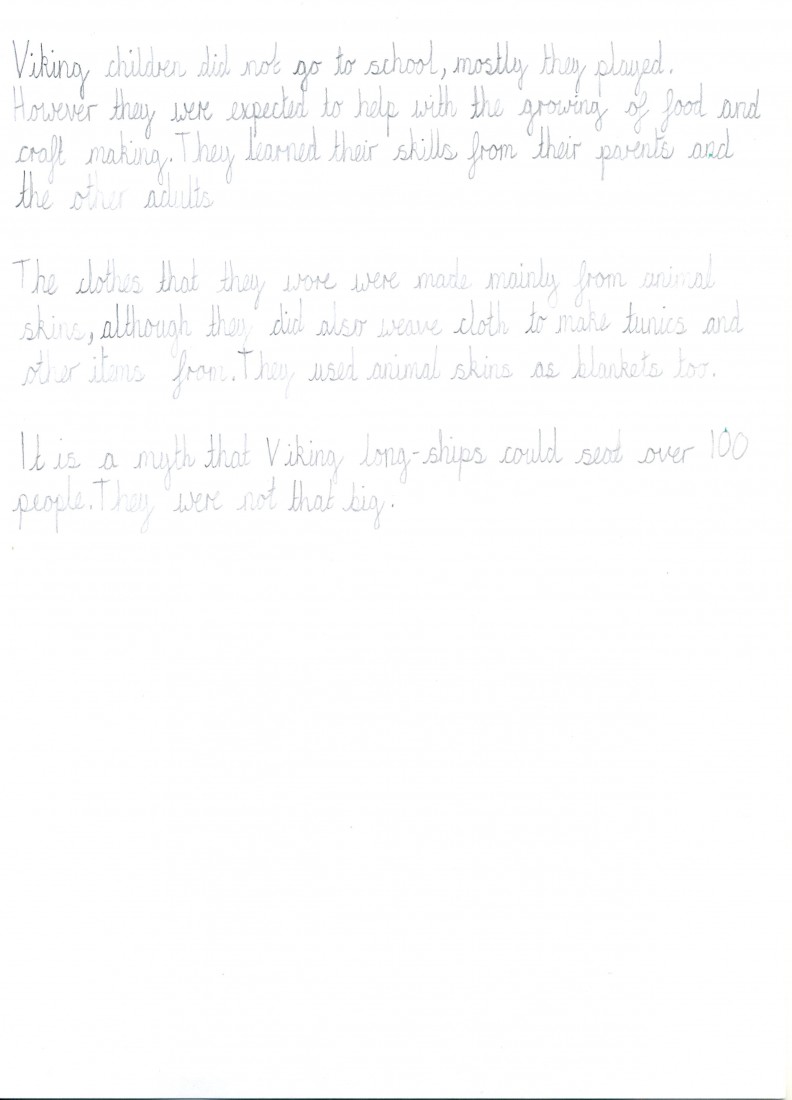History
Subject Key Objective Progression & Development by Year Groups
The following is a guide to help you understand your child’s progression through school.
All lessons are differentiated. This means teachers plan activities that enable the objective to be learned by all children including those who will find the objective challenging, those children who with hard work will secure good progress and those children who can tackle extra stretch and challenge in this subject.
Intent, Implementation and Impact
The curriculum is designed with our pupils and the Swinemoor community in mind.
It enables children to access and enhance their understanding of their home, their town and the wider community, developing their cultural capital and giving them opportunities and choices about their future and their impact as they progress through their school career and beyond.
This will help them become successful members of modern British society, preparing them for the challenges and opportunities.
History – Knowledge & Understanding

EYFS: “Children talk about past and present events in their own lives and in the lives of family members”
KS1: “(Children should know about) significant historical events, people and places.”
KS2: “Pupils should continue to develop a chronologically secure knowledge and understanding of British, local and world history…They should note connections, contrasts and trends over time.”
EYFS:
Past (T1)
Changed (T1)
Different (T1)
KS1:
Decade (T2)
Century (T3)
Impact (T3)
KS2:
Chronology (T3)
Society (T2)
Civilisations (T2)
Children may demonstrate an understanding of different culturally significant events.
They will relate history events to the impact not only their immediate lives, but in a wider setting such as community, British values and cultural relevance.
They will compare key historical events, drawing on their understanding to develop context of socio-economic change over the years in both Britain and the World.
What will be made, produced, performed, or published?
Children will produce a piece of portfolio work, demonstrating their knowledge and understanding. They will participate in a sequence of lessons with a historical focus, producing a range of evidence including written work, role play and reflective dialogue.
What knowledge will the children have embedded?
Children will be able to recall specific historical events, appropriate to age. They will demonstrate an understanding of the key moments within the event, the historical people involved and the impact it has had on current British society and the World.
What retention may be demonstrated?
Here are some example questions that may be used to assess children’s understanding.
EYFS: What has changed since you were a baby? Can you remember a time you could not do something (e.g. button up coat)?
KS1: Can you name a famous historical person? Why are they remembered?
KS2: Can you describe a society where life would have been different for a child your age? What has changed and why?
History – Knowledge and Understanding
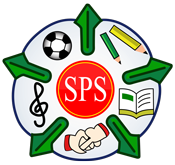
This collection of short films and resources will help you understand your child’s progression through school.
The curriculum film resource has been broken down by subject area initially and then by topic area.

